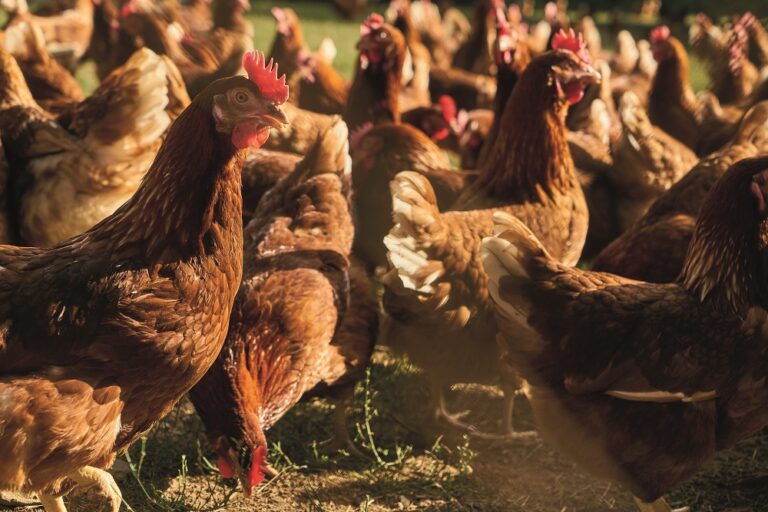The Chief Veterinary Officer for Wales, Christianne Glossop has confirmed the presence of avian influenza H5N1 in a small backyard flock of chickens and ducks at a premises on the Isle of Anglesey.
A 3km and 10km Temporary Control Zone Area have been imposed around the small infected premises, to limit the risk of disease spread.
The risk to public health from the virus is considered to be very low and these cases do not pose a food safety risk for UK consumers.
A case of avian influenza was confirmed in poultry and wild birds in Wrexham County borough last month. There have been similar findings of avian influenza in the UK and Europe.
On Wednesday this week the Chief Veterinary Officers for England, Scotland, Wales and Northern Ireland agreed to bring in new housing measures to protect poultry and captive birds from avian influenza. These measures come into force on Monday, 29 November.
All keepers are strongly advised to be vigilant for signs of the disease such as increased mortality or respiratory distress. If keepers have any concerns about the health of their birds, they are encouraged to seek prompt advice from their veterinary surgeon.
The Chief Veterinary Officer for Wales, Christianne Glossop, said: “This confirmation of a case of avian influenza in poultry on the Isle of Anglesey is further evidence of the need for all keepers of birds to ensure they have the very highest levels of biosecurity in place.
“We have announced new housing measures will come into force from next Monday to protect poultry and kept birds, but I must stress that this is at its most effective when combined with implementation of the most stringent biosecurity measures.
“Public Health Wales has said the risk to the health of the public from Avian Influenza is very low and the Food Standards Agency has made clear it does not pose a food safety risk for UK consumers.
“Temporary control zones have been imposed to help prevent further spread of the disease.
“Suspicion of avian influenza or any other notifiable disease must be reported to the Animal and Plant Health Agency immediately.”
An interactive map of current cases of AI across the UK can be found here
APHA Interactive Disease Map (arcgis.com)


